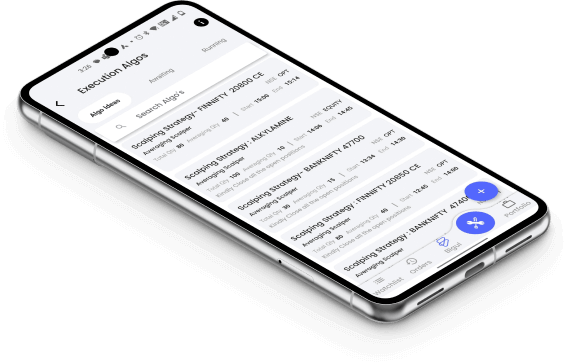1. Priority Dividends
Preference shares offer you priority in receiving dividends over common shareholders. This means you'll get paid dividends before others, potentially ensuring a more consistent income flow.
This feature provides a level of security, as you're among the first to receive returns on your investment, making preference shares an appealing option for those seeking reliable dividend payments.
2. Fixed Dividend
With fixed dividends, you receive a consistent amount of money at regular intervals, typically quarterly or annually. This means your income from these shares remains stable over time, providing you with a predictable source of earnings.
This feature can be attractive if you prefer to have a steady stream of income from your investments without worrying about fluctuations in dividend payments.
3. Non-Voting Rights
As a preference shareholder, you won't have voting rights in company decisions. Unlike common shareholders who can vote on matters like board elections or mergers, your focus remains on financial benefits without the ability to influence corporate choices.
This means you can rely on dividends and other perks without getting involved in the company's decision-making process.
4. Priority in Liquidation
In a company's liquidation, you're among the first to get paid with preference shares. This means that before common shareholders receive any payouts, you're prioritized for repayment.
This feature offers you a safety net, ensuring you're more likely to recoup your investment if the company faces financial difficulties and needs to sell off its assets.
5. Convertible or Redeemable
Some shares can turn into common shares or be bought back by the company at a fixed price. This means you have the option to switch your investment to a different type of share or get your money back from the company.
This flexibility lets you adapt your investment based on the company's performance or your own changing financial needs.















